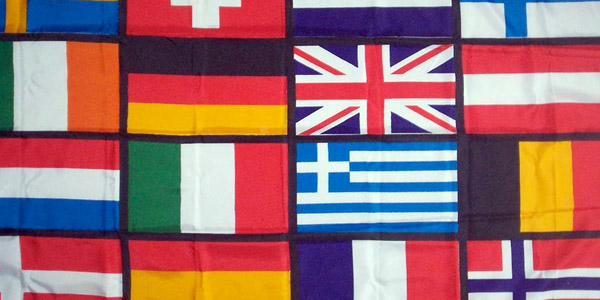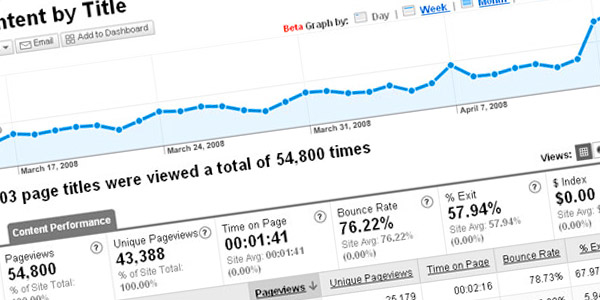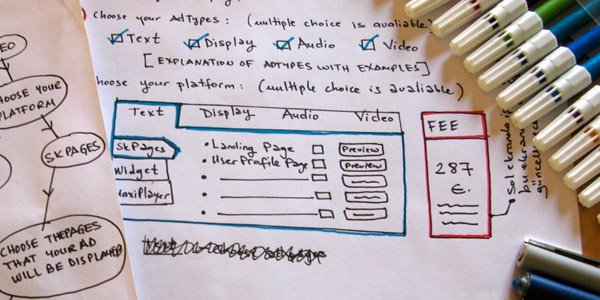Globalization is one of the biggest business buzzwords of the 21st century. Companies of all sizes can operate internationally, thanks to the advent of the Internet era and affordable methods of online marketing, communications and networking.
Most modern businesses are well aware of the opportunities presented by operating internationally, as global consumers are no longer bound by the confines of domestic commerce. Furthermore, the economic crisis has determined that companies must look to new markets to build their client base – the world has a wealth of untapped commercial potential.
The easiest and most cost-effective of entering new or emerging markets is through online marketing and creating websites specifically for the target market. A company’s website is perhaps the most important facet of its operations, as it is often the first port of call for customers.
This is particularly true when targeting international markets. But for businesses to go global, they must think local: this means creating a website that can be easily translated and adapted for different languages and cultures.
By thinking internationally from the start, it will make life a whole lot easier further down the line. With this in mind, there are several points worth observing when building a website in the first instance.
In-country domains

Image via Senator Rudolf
Having one domain for all your target languages/countries may be cheaper and more convenient, but from a search engine optimisation (SEO) perspective, some argue that it’s best to have separate ‘in-country’ domains for each target market, which helps Google to rank each site on each of its country-specific search engines (Google.fr, Google.de, etc).
In-country domains should ideally be hosted on a server in the target country. You will also need a top level domain (TLD) for each of your target countries (e.g. ‘co.uk’ for the UK or ‘.ch’ for Switzerland etc). Google uses the top-level domain and the server location to help establish the ‘location’ of the website (‘geo-targeting’).
The website address of the domain you purchase is important too as Google reads the words in the URL. So if your company produces software, for example, you may want to have the word ‘software’ in the URL, though this should be translated into the language of your target country.
Developing websites to support multiple languages is a challenging endeavour; if you choose to have one domain to host several multi-language versions of your site, ensure you create a different sub-domain for each language. So if, for example, the TLD is http://www.myservice.com, then the sub-domain for its German language version would be http://de.myservice.com. Conversely, the in-country domain would be http://www.myservice.de.
Using Unicode

Image via asvensson
Unicode is a standard numeric representation of characters that can currently be used for over 90 scripts, and has a repertoire of over 100,000 characters.
UTF-8 is a variable-length character encoding for Unicode that is familiar to most programmers. It is the best option when creating websites for international markets, as it allows you to use characters from many different languages. For example, German uses the ‚ÄòEszett‚Äô symbol (“√ü”) in place of ‚Äòss‚Äô, whilst three German vowels use the Umlaut (√§, √∂ and √º).
Most of the popular web design tools facilitate the creation of Unicode documents, such as Dreamweaver, which allows you to choose the language of your pages and insert appropriate HTML tags within the code.
Google Webmaster & Analytics

By uploading your sitemap to Google Webmaster and Analytics, you can monitor your online visibility, access traffic reports on how visitors interact with your website, diagnose problems with your website and identify different keywords you can use to diversify your content and find new markets.
Design Consideration

Image via lilit
It goes without saying that the visual design and layout of your website is vital. Companies must have simple, easily navigable websites with clearly labeled sections and menus.
Having a template design helps consistency and it contributes to your company’s identity, this includes having your logo and strapline visible on all your pages. Using a template should not impede your website’s flexibility, however. The template has to facilitate the use of longer texts, tables, graphics, images etc. German, for example, typically uses longer words than English, so you will need the option of a bit more space when translating your English text into other languages.
Similarly, because languages such as Arabic and many Asian languages read from right to left, this will affect how you lay out your menus, whether they are aligned vertically on the left or horizontally across the top.
Web designers must also be aware of a number of local cultural issues when building a website. This includes:
Colors
Many web designers prefer natural colours, ones that are found in the natural environment, as opposed to artificial, neon colours. It’s worth noting that:
- Pink and violet are frowned upon by many traditional cultures
- Green/blue backgrounds, in conjunction with black/white text, have proven to be the most popular and universally liked colors for internet users
Fonts
It’s best to use common fonts such as Times New Roman, Arial and Verdana, which helps to ensure the text is displayed correctly on most screens
Product names
In many European countries, it’s common for people to give more credit to products with more technical-sounding names that contain numbers in addition to words, whilst US consumers prefer funky-sounding names. For example, Canon named one of its cameras ‘EOS 400D’ when marketing to consumers in Europe, but renamed it ‘Digital Rebel XTi’ for the US.
Content

Image via aletermignone
It’s best to avoid Java/Flash text as Google often can’t recognize it as content and, importantly, it is difficult to edit, copy, and carry out word counts – aspects that are vital to the translation process.
Before writing the copy for your website, you need to research the most important search terms for your industry sector (Google’s keyword tool can help). These phrases should then be incorporated into your website content so that it reads organically.
When translating your copy into other languages for your international websites, it’s best to avoid translating your key search terms word for word. Even if it is the correct dictionary translation, it may not be what people use to search for a product or service locally – they may use abbreviations, colloquialisms or a different word/phrase altogether that means the same thing. So research your key search terms for each of your target markets.
For the main website text, you should only ever use linguists who are translating into their native tongue. Furthermore, if your service offering is highly technical in nature, it’s best to use only those with experience in that subject, as it can be tricky even for native speakers to grasp and understand specialized terminology.
Want More? Subscribe and We'll Deliver it to You.

 Subscribe to the RSS feed or to email updates, to get even more great content!
Subscribe to the RSS feed or to email updates, to get even more great content!












